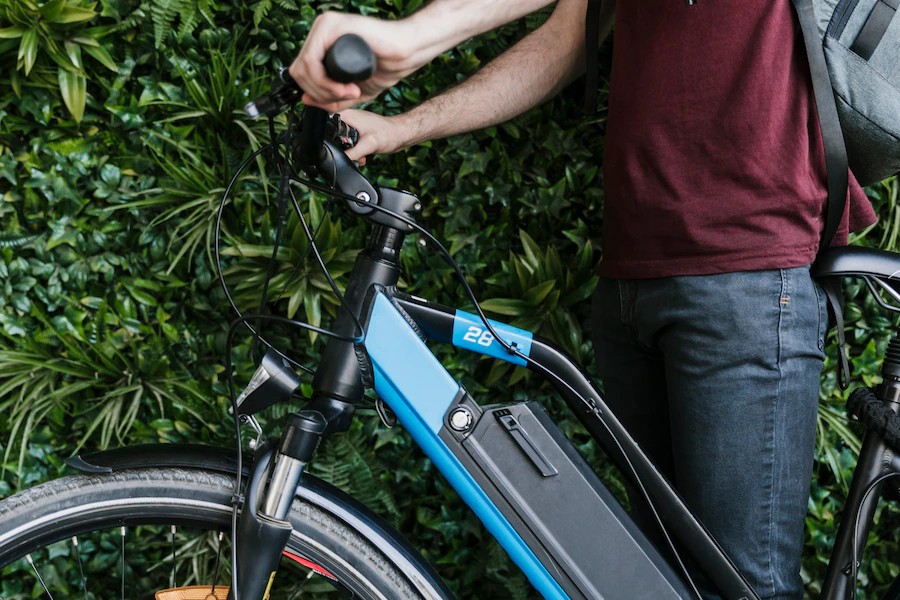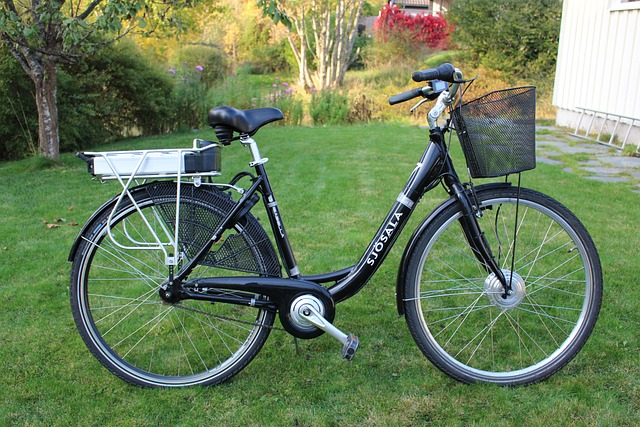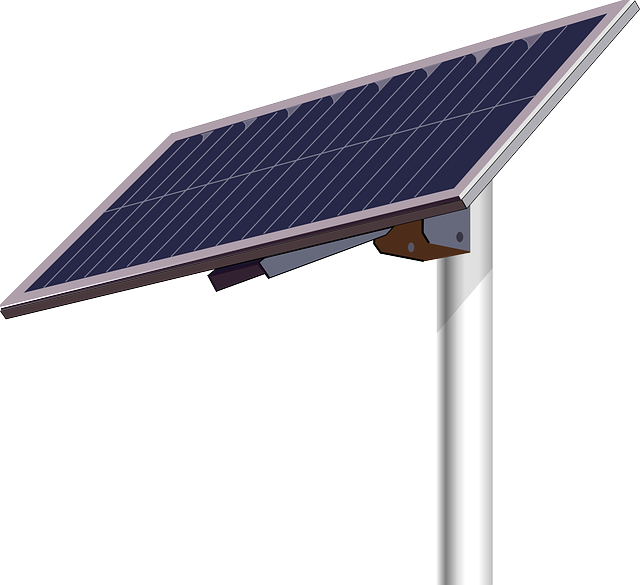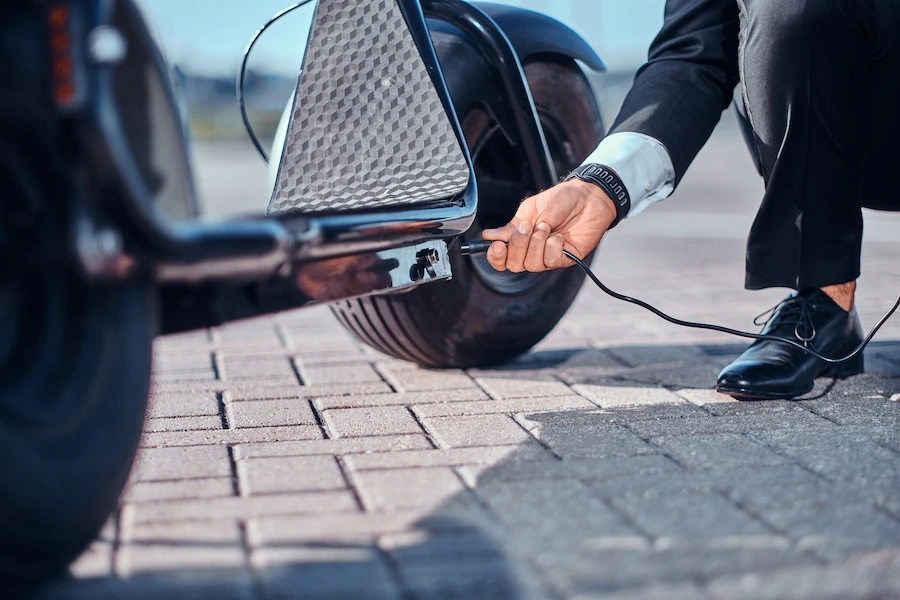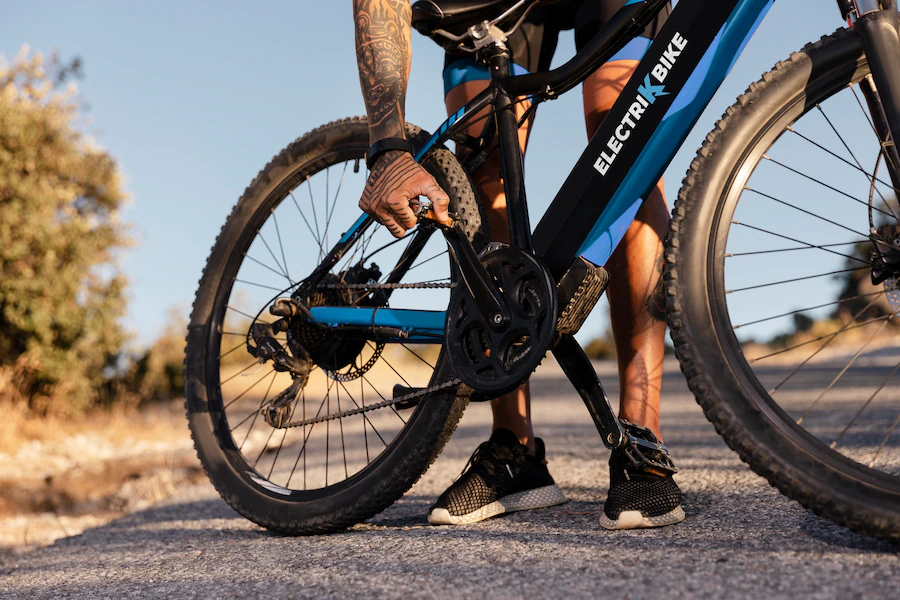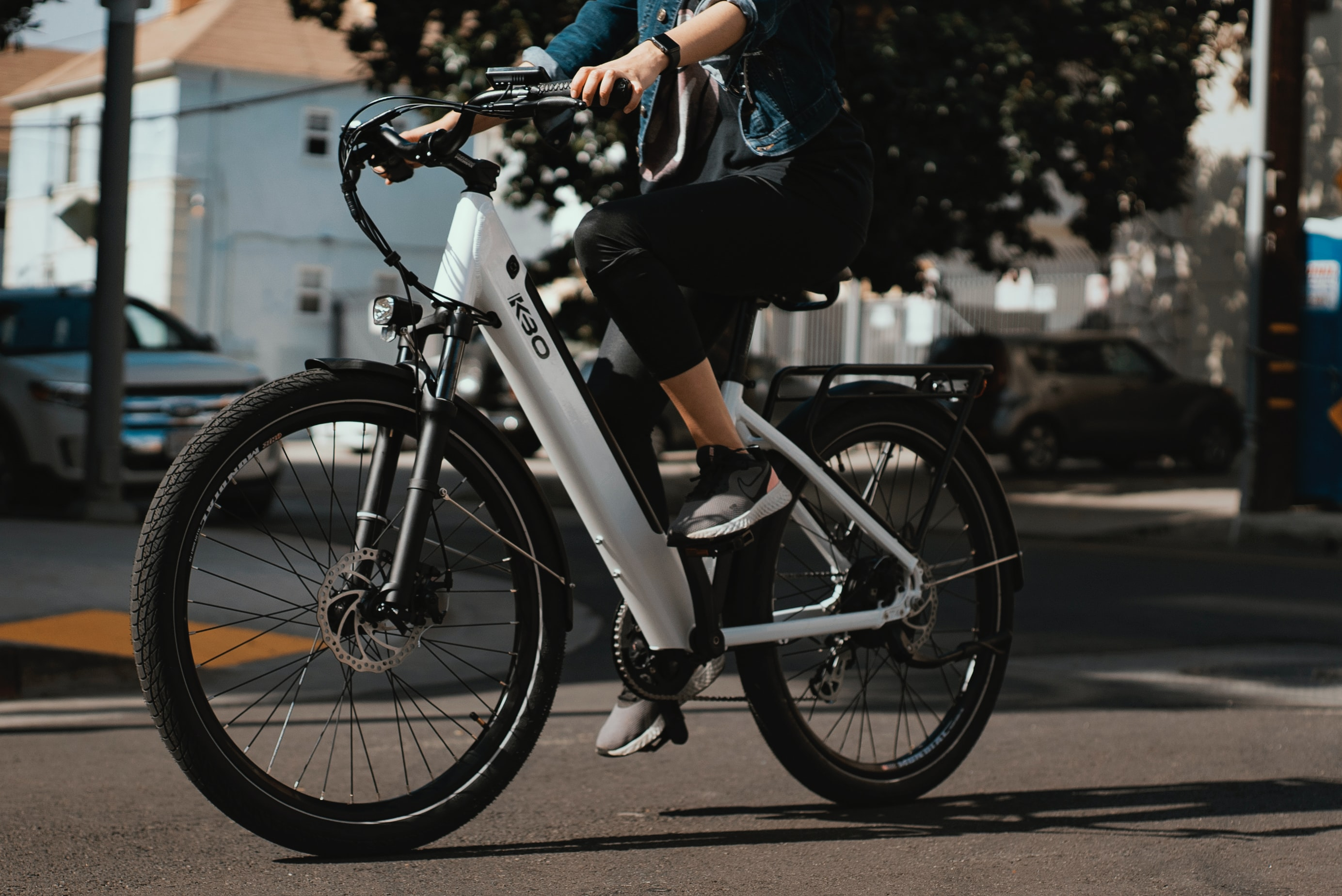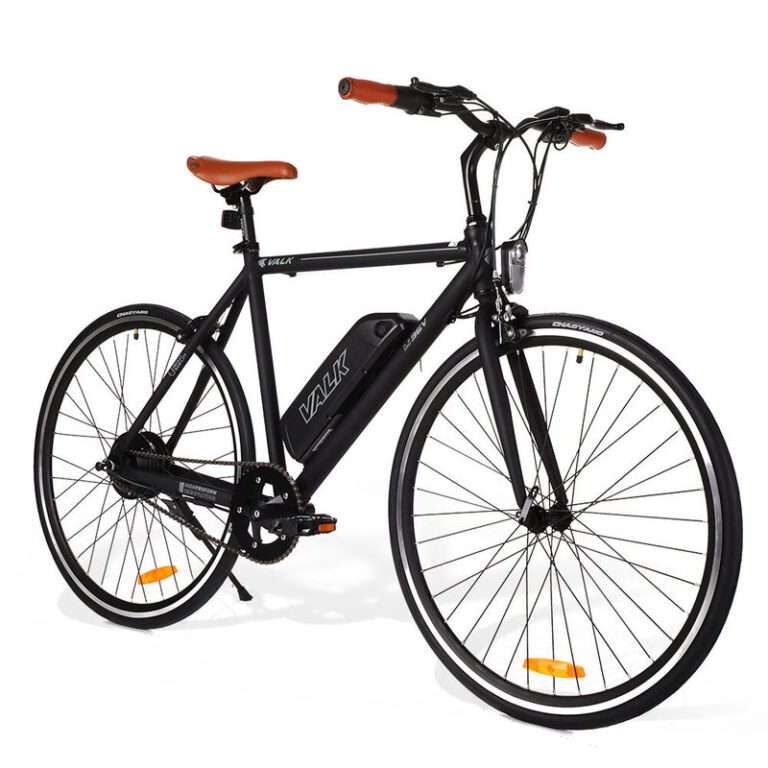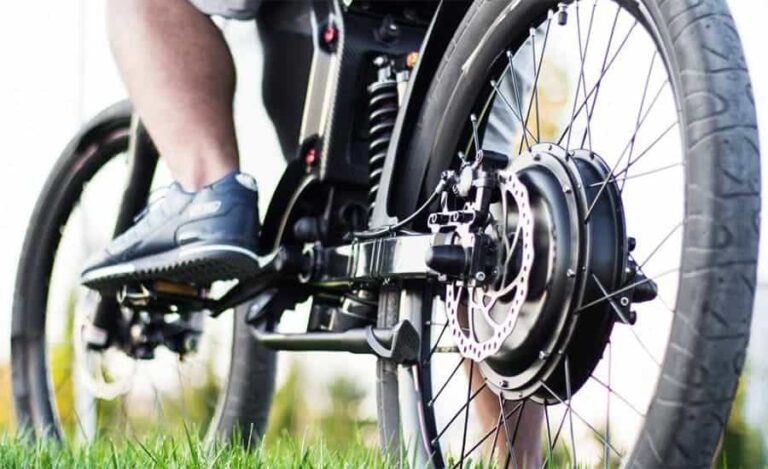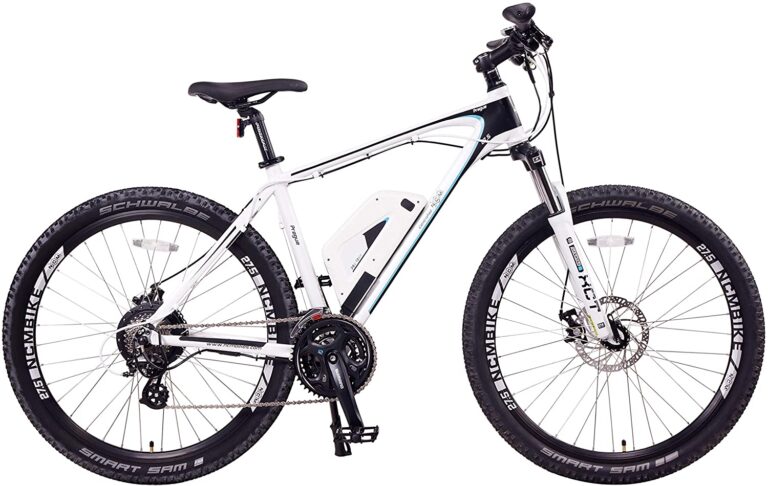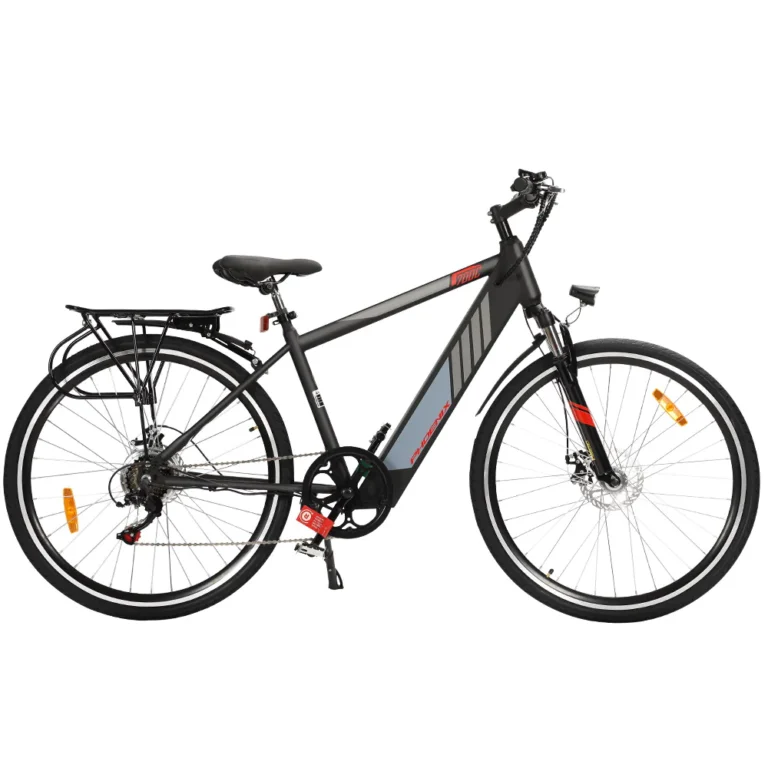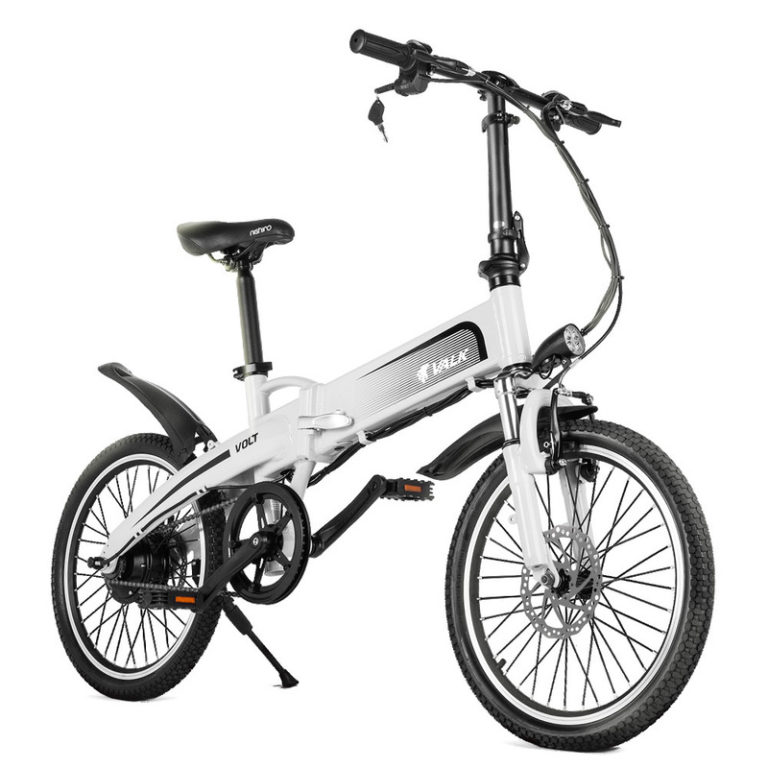Can You Solar Charge Electric Bike with Solar Panels? Three Ways to Do It!
Solar roof panels are the most common types that are also massive. Can a solar panel be used to recharge an electric bike? Many people that have eBikes ask themselves this particular question.
As a result, transporting it with you when you need to charge an electric bike appears to be complicated.
Because manufacturers build compact solar panels for on-the-go use, you can recharge an electric bike using a solar panel. However, there's more to solving whether you can use solar power on your electric bike with only a solar panel.
To answer your question, we can say that you can charge your electric bike with a solar panel. These portable solar panels, their function, and other topics are all covered in this article, so let's dive straight in.
Key Takeaways
- Solar chargers are essential elements of each electric bike.
- Find the best solar charger and needed wiring.
- Use one of the three ways to solar charge your eBike.
Do You Need a Solar Charger for Your Electric Bike or Scooter?
Solar chargers are essential for electric bike owners who want to stay safe when their battery pack expires. They are advantageous since they are inexpensive, lightweight, and portable.
Once you've purchased one, you can bring it anyplace for security so you won't be stuck. These solar panels are also cost-effective and have no negative environmental impact. All you need to do to charge them is expose them to direct sunshine to absorb the sun's energy.
A good advantage of these solar panels is that they are portable, and you can carry them anywhere you want. They are smaller than the ones we usually see on rooftops, and you can charge your electric bike using a solar panel in various ways.
You only need to ensure that it has sufficient power output voltage.
How Do You Charge Your Electric Bike with a Solar Panel?
The technique for powering an electric bike using a solar panel is straightforward. It would help if you first determined how your eBike would connect with the solar panel.
Then, select the right solar panel, purchase all necessary wiring equipment, connect your eBike to the charging system, position the solar panel in sun exposure so it is prepared to charge the eBike, and then test it.
This method is best suited for people already familiar with eBike maintenance. Now let's look at this process in more detail so that you can get a better understanding of it:
Learn How Solar Power Works with an Electric Bike
Depending on your model, charging an electric bike while riding it is a possibility. You can charge some eBikes while riding them, which is fantastic for every rider. However, since the electrical assist is not always attached to a plugged-in charger, some bikes may not have this option.
Therefore, you must first determine whether the kind of bike you own enables you to accomplish this. If it does, you must discover this information before setting out to determine how much power you will require for your journey or whether you will need to pause and charge the bike.
Remember that you'll need the appropriate supplies if stopping is necessary.
Plug in the cable to see if the pedal assistance comes on to determine if the eBike can power while driving. The bike's display will show the “charging sign,” but if the pedals and throttle assist do not function, you cannot charge and drive your bike simultaneously.
Choose the Right Solar Panel
You can charge your electric bike using a variety of portable solar panels. Make sure you choose the ideal solar panel model for your budget, and you'll be able to power your eBike using the method you want.
Therefore, we have listed the following three primary types you should consider below:
- Portable, Foldable Solar Panel Chargers
These solar panels are excellent because they are compact enough to ride peacefully. They're ideal for long-distance trips with no electrical outlets to connect. However, remember that these solar panels are much more pricey and will add weight to your bike while you ride.
Additionally, because the solar collector will be folded and stored somewhere where it won't receive direct sunshine, you won't be capable of charging your electric bike while using it. Stormy weather will also impact the charging procedure of these solar panels.
- Stationery Solar Panels
The stationary solar panels are enormous and intended to remain static. Because they are so efficient, they can even power the entire house.
A disadvantage of this kind of solar panel is that it cannot be carried with you, limiting how you can ride your eBike, and if it runs out of electricity, you will need to locate another power supply to power while you are far from home.
One of the most excellent methods to use these solar panels is to have two batteries, one of which you will charge when there is full sunlight during the daytime. These solar panels are far less expensive, and you won't have to worry about adding extra weight because they are lightweight.
- Using a Trailer or Rear Rack
This solution lets you charge your electric bike during riding, but it's pretty heavy. Even though you'll be riding with a solid solar panel, this choice will limit your flexibility and where you can ride your electric bike.
First, you won't be able to go off-roading or via narrow electric bike lanes. The wagon or rear rack will add significantly to the weight of your bike.
You may also have to cope with concerns of stability and balance, which is the most expensive choice because you must purchase both the solar panel and the trailer. It will also cost more to have it installed on your electric bike.
However, because it is reliable, this is the most common alternative chosen by many electric bike riders traveling a lot.
Buy All the Needed Wiring Equipment
Solar panels collect energy and transmit it to a battery system via a network of wires. Because they are built-in your electric bike, solar systems cannot charge independently. As a result, you should connect your solar panel to the charge controller.
The power from the solar panel is converted and optimized by this device, known as an MPPT (maximum power point tracker), and sent to the battery of your eBike. Most solar panels include an MPPT, but if yours does not, we recommend getting one.
Connect Your eBike to the Charging System
The charging system comprises a solar eBike panel, charge controller, and battery. You must directly link the battery pack and solar panel to your charge controller to ensure a successful charge.
However, when connecting the eBike to the system, do not attach the battery and solar panel straight to one another, as this may cause harm.
It would be best to safeguard your eyes and hands while plugging in the charging system for safety reasons. Remember to follow all the guidelines provided in the charge control manual.
Put Your Solar Panels in the Sunlight to Charge Your eBike
Once everything is completely connected, position your solar panel where it will receive the most sunshine that will allow you to extract the most energy from the sun.
Finally, Take It for a Test Drive.
When you've finished following the directions, unplug everything and inspect your bike to check if it has adequately charged.
Three Ways to Solar Charge an Electric Bike
A DIY Solar eBike Charger
Pros:
- Lightweight in comparison to other systems
- Most efficient (during solar charging, you lose the least amount of power)
Cons:
- It can be challenging
- Most electric bikes do not support it
Best for:
- Electric bicycles with batteries can be charged and drained at the same time.
- The solar chargers for electric bikes lack data pins.
- Bikers who wish to construct a solar bike — that is, connect a solar charger to the electric bicycle and charge it while riding.
Materials
- MPPT boost solar charge controller
- Solar panel
- Adapter cables
- MC4 inline fuse
Step 1: Purchase a Low-Cost Solar Panel
The objective is to find a low-cost solar panel for less than a dollar per watt; for example, a 100-Watt panel that costs less than USD100 is a fantastic buy.
Step 2: Gather Your Battery Information
The majority of eBike batteries are 36V lithium-ion. You must figure out the highest charging current, which you can find on the eBike battery tag itself. The maximum battery charging voltage is also necessary information for your own charger; however, it's almost certainly 42-Volt.
Step 3: Determine Your MPPT Charger's Requirements
If you can find a solar panel with a higher voltage than your battery, you're in luck. There are too many MPPT chargers available, and they are inexpensive! Not to mention that there are already a few instructions on creating your MPTT with only an Arduino.
Use a 12V eBike Battery and Inverter
Pros:
- Functions with all eBikes
- Use the charger that came with your bike
Cons:
- Heavy
- Less efficient
Best for:
- eBikes with difficult-to-replicate adapters (such as those having data pins or unusual connectors.)
- While not riding an eBike, it is solar-charged (however, you can mount this to your bike.)
Materials
- 12V solar charge controller
- 12V solar panel
- 12V battery
- Inverter
- Adapter cables and fuses
Step 1: Connect the Inverter and Solar Charge Controller to the Battery
This charger stores solar power in a battery of 12 volts and then converts it to alternating current (AC) for use with the charger included in your bike. It's less effective or compact than the first way, but it may be more uncomplicated to manufacture, depending on your bike. This procedure is also applicable to all electric bikes.
Connect the eBike battery to the solar charger regulator and inverter first. Put a fuse on the positive wires between the inverter, battery, and charge controller for maximum safety.
Step 2: Connect your Solar Panel to your Solar Charge Controller
Second, connect the charge controller to the solar panel. You can use any battery size if the nominal voltage level is suitable for your charge controller. The ideal safety standards in this situation are to use a breaker on the positive wire linking the two.
Step 3: Test the Solar Electric Bike Charging System
To begin, position your solar panel in direct sunlight and check the PV power on the battery charger to confirm it is charging. Now you need to hook your bike charger to the inverter's outlet. When you do this, your bike's computer shows it is in charging mode.
Then, put the solar panel outside, and the 12-volt battery will be charged and prepared to charge your eBike battery anytime it is needed. You could also attach this system to your eBike to create a solar bike.
However, due to the increased weight of 12-volt storage and inverter, as well as the energy losses suffered from transforming DC to AC and back to DC, it is a less-than-ideal method of solar powering an electric bicycle while riding.
Use a Solar Generator
Consider a solar generator equipped with a solar panel charge controller that manages the incoming solar energy, an inverter that transforms it to AC when you wish to connect to your AC devices, and a battery that stores the energy.
A solar generator makes solar charging and powering as straightforward as possible. Of course, you'll have to pay more for the convenience—a lot more.
Pros:
- Most straightforward method
- It operates with all eBikes
- You can use the bike's included battery charger
Cons:
- Less efficient
- Expensive
- Heavy
Materials
- Compatible solar panel
- Solar generator
Step 1: Connect the Panel to the Generator
First, verify if the panel is appropriate for your generator. Next, by following the instructions in the manual, attach the solar panel to the generator.
Step 2: Connect Your solar electric bike Charger
Connect your bundled eBike charger to a solar generator outlet, and it should begin charging.
Frequent Answered Questions
What Is the Voltage of an eBike Battery?
When purchasing your first eBike, selecting which batteries are perfect for your requirements can be daunting. The first thing to understand about eBike batteries is that they measure in volts and amp-hours.
Electric bike batteries are available in three voltages: 48V, 36V, and 24V, and higher voltage generally equates to more power.
The battery voltage links to the car's horsepower—more voltages in the battery mean more power transmitted to your bike. A high voltage has greater capacity, enabling your electric bicycle to go quicker for longer.
Another component of an electric bicycle battery is amp-hours, known as AH. Amp-hours is the amount of electricity that lithium batteries can generate in an hour at a helpful open circuit voltage or the quantity of storage space that a battery possesses.
The greater the number of amp-hours, the longer your battery range.
How Much Power Does It Take to Charge an eBike?
Most electric bikes have a 48V battery, so how many solar panels are needed to charge this battery fully? Perhaps, more crucially, once you've found the right solar panels, the issue is whether the battery charger will charge your eBike as quickly as power outlets.
To address this question, you must first consider the battery's capacity. Knowing the battery voltage needs to be higher, a battery charger with two solar panels generating at least 200W would be necessary for a 48V eBike battery.
The most crucial element is that most chargers can recharge a bike as quickly as a conventional power outlet.
However, the most excellent aspect of a conventional solar electric bike charger is that it incorporates an inverter, which is required because eBike chargers use alternating currents. One step remains: choose the suitable plugin model for your eBike, and you're ready.
What Is the Power Output of a 100-watt Solar Panel?
As the name suggests, 100-watt solar panels can create a maximum output of 100 electric watts (the theoretical amount of power it can generate under Standard Test Conditions, often known as STC).
In the practical world, obtaining 100% output power from the solar panel indicated by the STC is a bit of a stretch – it rarely happens!
The amount of energy you can get from this module depends on the weather conditions and location. In ideal conditions, the amount of energy produced is equal to the solar watts of the panel multiplied by the amount of peak sun hours.
As a result, you should expect higher wattage in the summer and lower wattage in the winter.
To put it another way:
The wattage of solar panels x by maximum sun hours = energy produced.
In the United States, the average amount of sun hours is four. Therefore, on average, a 100-watt solar panel may create around 400 watts/hours of energy daily.
Furthermore, depending on your location, you could obtain up to 600 watts of energy per day, mainly if you live in Arizona, Wyoming, or Nevada.
Weather, dust, and other factors could reduce your total production by around 30%.
How Long Does It Take to Power an Electric Bike Battery Using Solar?
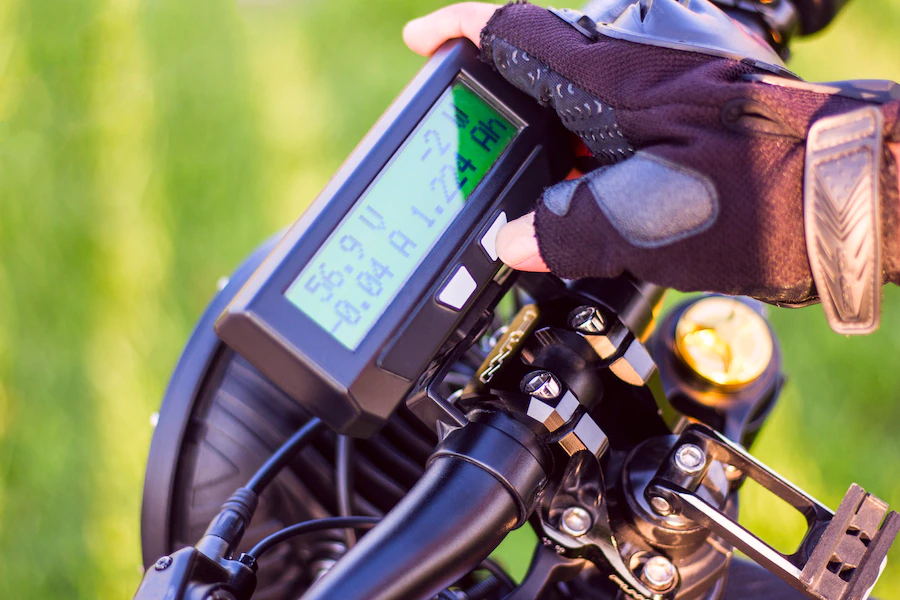
- Multiple panels for solar eBike energy
- An appropriate inverter
Add a solar charging system and 50Ah lithium battery if you wish to charge at night.
Conclusion
Based on a recent study, using an electric bike as the primary mode of transportation instead of driving will reduce the carbon imprint left in the world.
Though electric bikes are usually considered eco-friendly, you could make them even more so by recharging them with solar energy rather than electricity. It's a more renewable energy option that can offer a service similar to electricity.
Additionally, it's also a fun drive around the neighborhood with a solar panel on your electric bike. While this way of charging your bike is efficient everywhere, using a solar panel charger in the mountains or more sunny places will charge your bike way faster.

